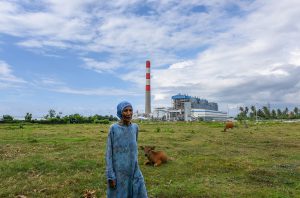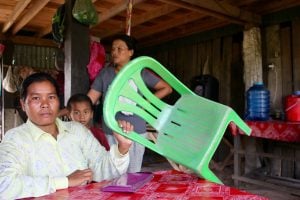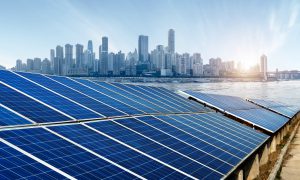Countries in Southeast Asia are building fewer coal-fired plants than expected as lenders distance themselves from the polluting technology.
A new report from Global Energy Monitor (GEM) finds that new coal capacity has fallen sharply from a peak of almost 13 gigawatts (GW) in 2016 to just 1.5GW in the first half of 2019.
Indonesia was the only country in the region to start construction of a new coal plant in the first six months of the year.
Ted Nace, executive director of GEM, described construction as “the acid test of whether a proposed project is real or just some plans on paper”.
He added: “To go into construction you have to get someone to commit hundreds of millions of dollars. In Southeast Asia, it looks like it’s becoming a difficult case to convince people to commit that kind of money.”
Coal power becoming less attractive
Many Southeast Asian countries have bet heavily on coal in their energy plans. Vietnam has about 23GW in its pipeline, Indonesia 16.5GW and the Philippines 9.5GW.
The amount of coal capacity in pre-construction stages is also falling in the region, contracting by half from 110GW in mid-2015 to 53.5GW in mid-2019, according to the report.
Christine Shearer, director of GEM’s coal programme, says coal is facing a perfect storm: “Communities are rejecting it due to the high levels of pollution, renewable energy technology is undercutting it in terms of quality and cost, and financial institutions are backing away fast.”
Planned expansion of coal power could lock the region’s developing economies into highly polluting and long-lived infrastructure. It would also make achieving the Paris Agreement goals to limit global warming more difficult to achieve.
In April, the UN secretary-general, Antonio Guterres, called for countries “to end subsidies on fossil fuels, and not to start construction of new coal plants beyond 2020”.
Banks have started to shift their stance on coal financing. The report notes that more than 110 financial institutions now have policies to restrict lending to coal power. However, China, Japan and South Korea are still major exporters and financers of coal technology.
Solar is having a moment in Southeast Asia, […] the growth of public opposition to coal and the simultaneous rapid drop in solar prices have led to an unexpectedly quick rollout.
A recent report on carbon emissions pathways in Belt and Road countries found that Chinese power sector investments in other countries are mostly dominated by coal and are not aligned with the Paris Agreement.
Campaigners have attacked coal power for increasing local air pollution. In Indonesia, citizens have filed a lawsuit against the government to force them to address air pollution. There has also been resistance in Cambodia against plans to relocate a retired Chinese coal plant that’s considered too polluting in China.
The falling cost of renewables is also making it easier for governments in the region to reassess their energy plans. Vietnam has rapidly expanded solar power from almost nothing in 2017 to more than 4GW in 2019.
“Solar is having a moment in Southeast Asia,” says Courtney Wetherby, a research analyst at the Stimson Center. “Whereas policymakers had previously felt that solar PV was too expensive and complicated to integrate in sizeable amounts in the near-term, the growth of public opposition to coal and the simultaneous rapid drop in solar prices have led to an unexpectedly quick rollout.”
However, Weatherby adds that renewables still face challenges to their rapid uptake: “Many utilities around the region are already facing limitations on transmission infrastructure and will need to build out additional transmission lines, which may raise the immediate cost of electricity from new projects.”








